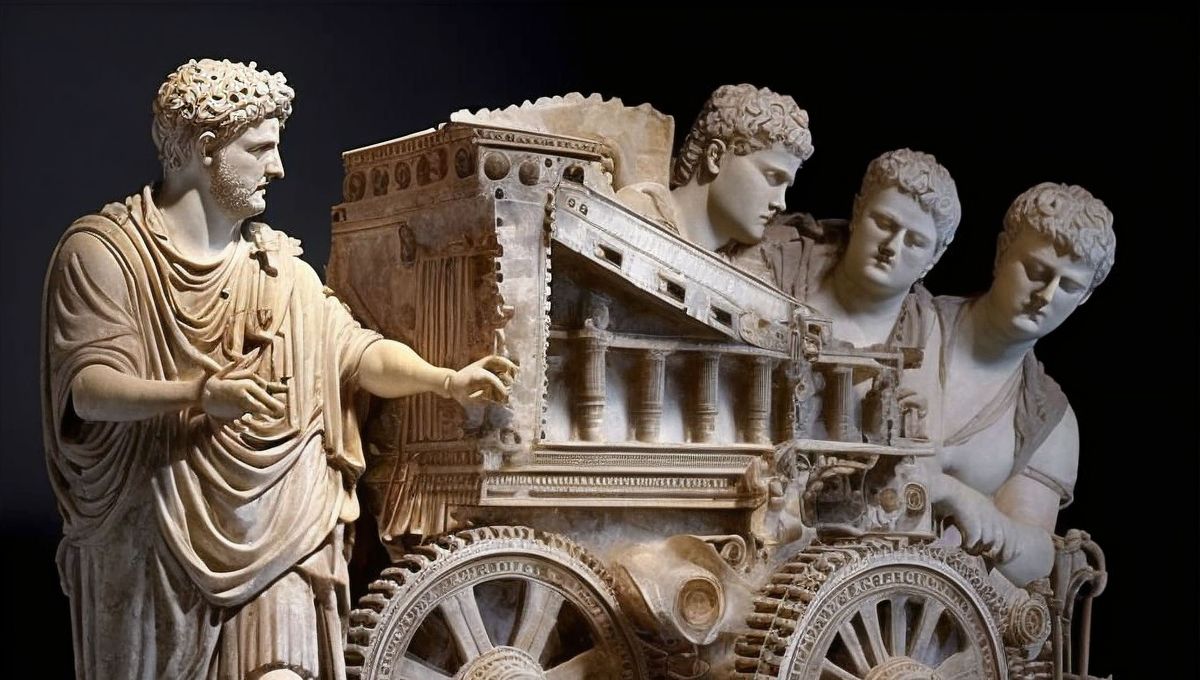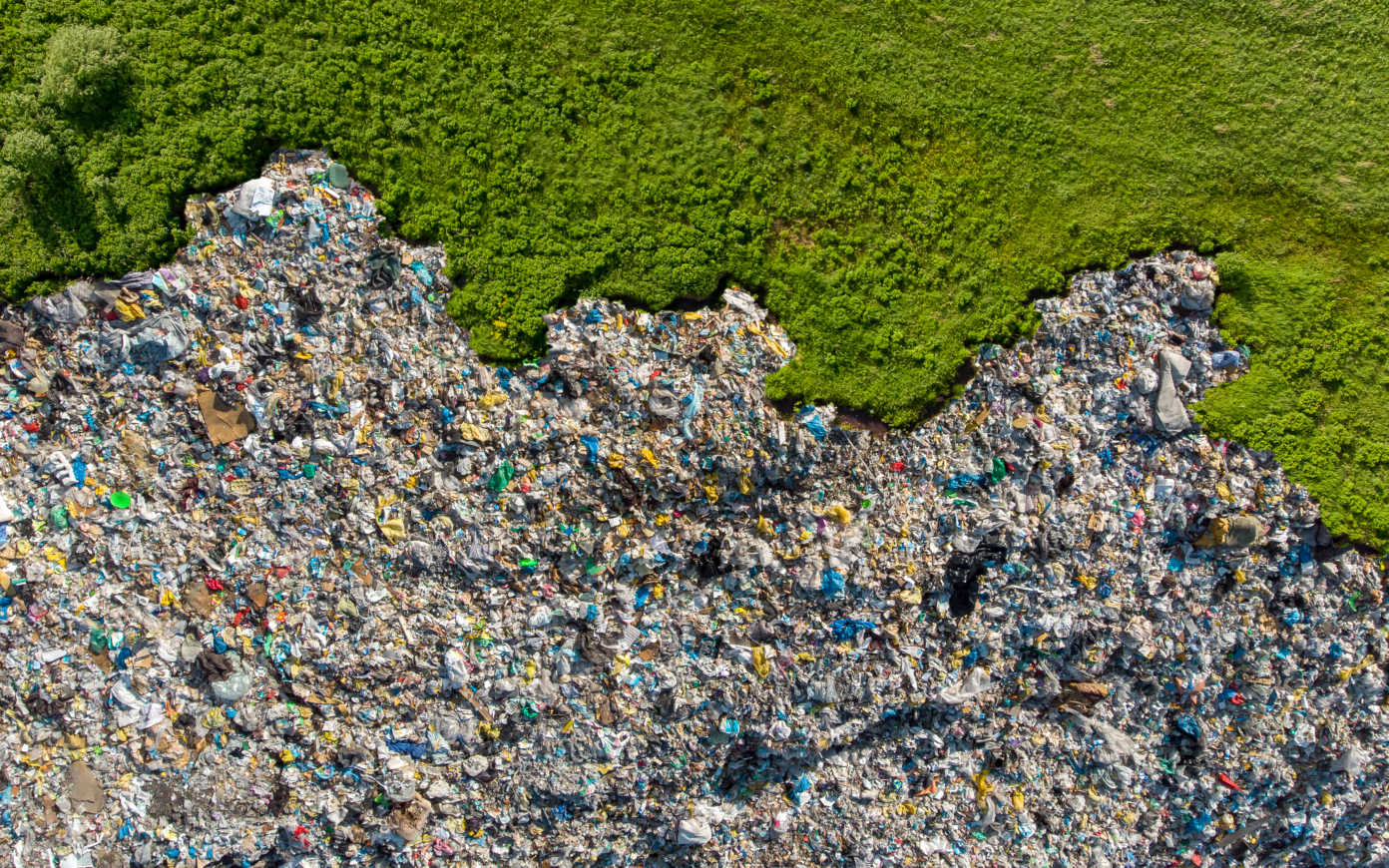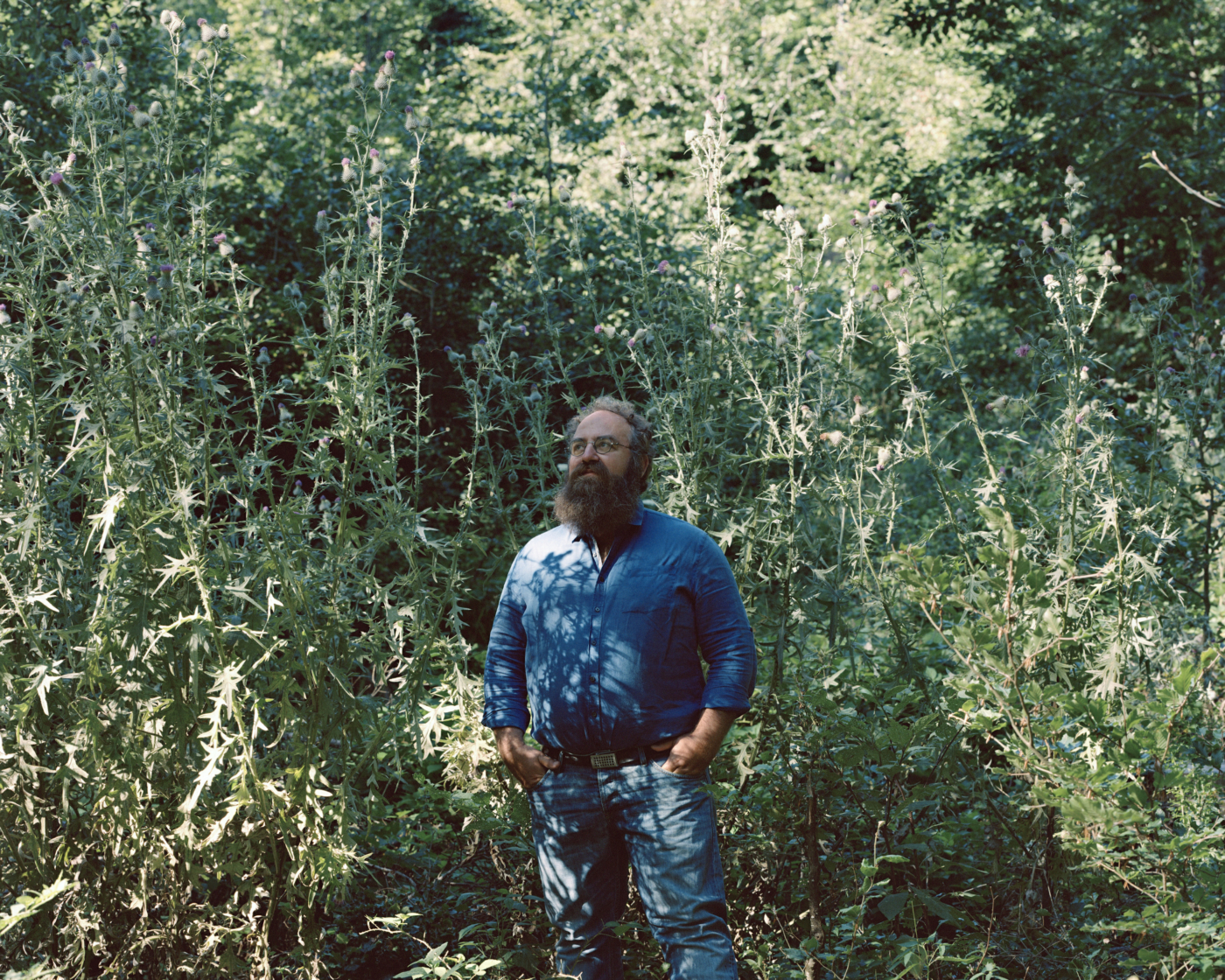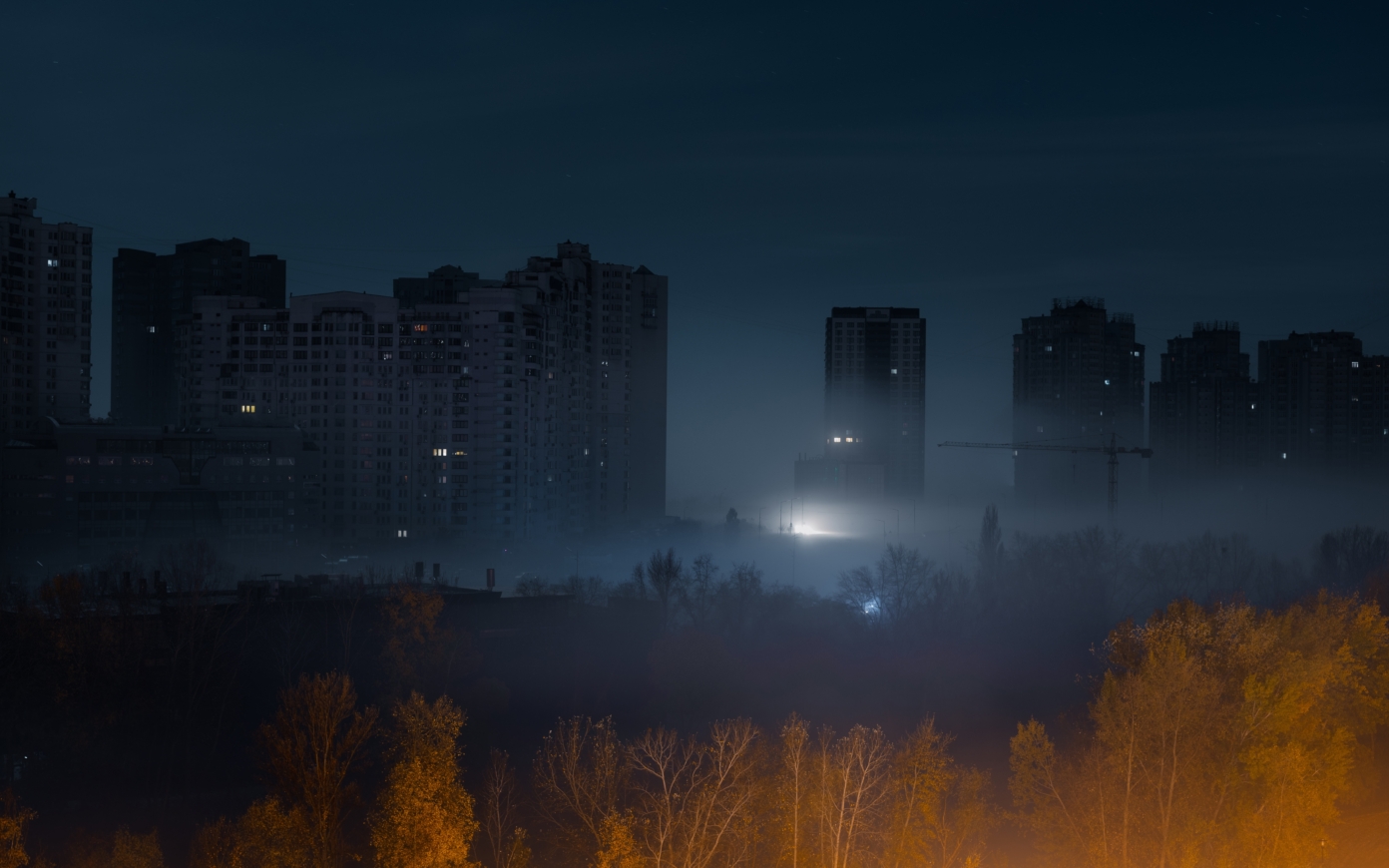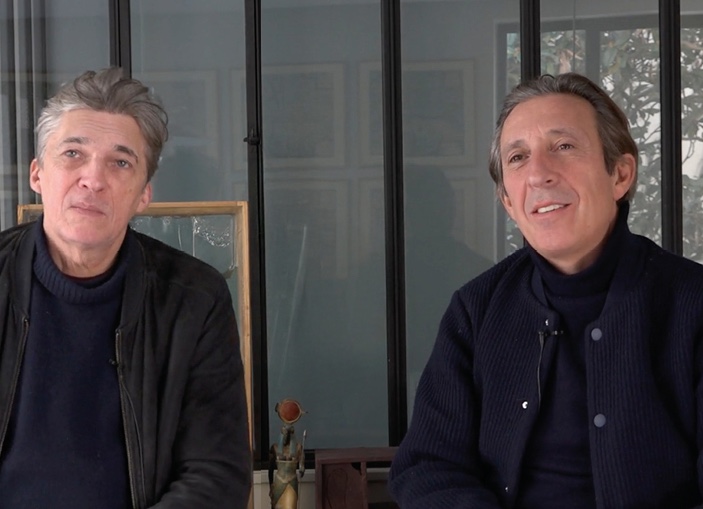Stream : That’s really fascinating and it is at the core of what we’re exploring with this book. In which circumstances, and which field can you implement your research at this scale? Is it with your academic research or with your agency that you have the opportunity to explore this process that require a lot of data and probably multidisciplinary approaches? Can you find situations where you can experiment with that?
Alisa Andrasek: For me, it cannot stay within the walls of academia because then it’s going to fail. My interest has always been in real applications. The problem of course is when something’s being done for the first time and there aren’t too many precedents out there. Most people don’t really believe that certain things are possible until they are done. In a way I’m trying to find possible points of entry. For that, we are talking to engineers about the large infrastructural projects that tend to be devoid of design, since they are always understood purely as engineering problems. Yet you see the beauty of sand dunes, for instance, and you know those were formed under much finer grain physics, pure physics of matter, rather than what contemporary engineering is still doing for the most part. We are also talking to scientists who are trying to figure out how to redesign rivers to make them healthier, remineralize them, to work with the dynamics of floods and similar phenomena. Take, for example, the Mississippi River, which has been destroyed in certain areas because of the large engineering projects of the twentieth century that did not take its complexity into account, such as the fine scale sedimentation that occurs in that river across a huge territory. If you place static low-res structures in the path of massive high-res dynamic forces, of course they are not compatible and will eventually collapse. The same with the Thames Barrier, Dubai’s artificial islands; I could go on and on. We put a lot of effort into trying to find opportunities to actually apply this in real world situations. But because this is such a non-standard approach, I guess it takes time to find its way. That’s definitely the goal though, getting this into applications at many different scales.
I firmly believe we can already do it now. It’s just that people are always afraid of change and capital is currently very short-term oriented. Transformations are slowly taking place and it won’t be possible to ignore it for much longer. We need some pilot projects, opportunities to prove how this works and when the first projects start showing up, then it will naturally expand.
Stream : Do you think big data is a new phenomenon that will be linked to your practice?
Alisa Andrasek: At the university we just started buying supercomputers. I keep complaining in every project that we still cannot compute enough, so parallel computing should help. If we are to truly embrace this idea of engaging with complex ecologies, synthetic ecologies, then we really need to engage with this large data as well, and with real data, not just metaphors. That is very tricky because working with large data, or even now with parallel computing, is very demanding because it’s an extremely abstracted process. You need to develop new skills and sensibilities as a designer and in fact design your own processes and shortcuts. Large data allows for more explicit processing of contingent systems with design and for the abstract algorithmic fabric to talk to things outside itself. In the past fifteen years or so we used algorithms more as a geometric decoration, or in some cases optimization, of some more conventional ways of working. Now this is changing, going deeper into matter, from micro to macro.







